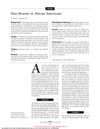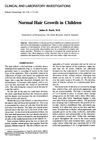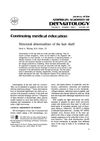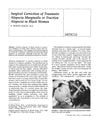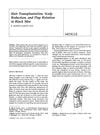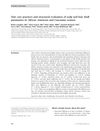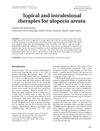Hair and Scalp Disorders in Ethnic Populations
October 2003
in “
Dermatologic Clinics
”
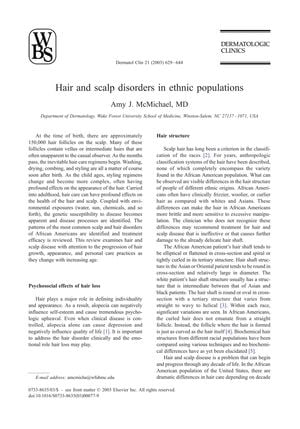
TLDR Different hair care practices and conditions affect African American hair and scalp health, requiring specialized knowledge for treatment.
The document from 2003 reviews hair and scalp disorders in African American populations, highlighting the importance of understanding ethnic differences in hair structure and care practices for effective treatment. It discusses the consequences of hair care practices such as hot combing and chemical relaxers, which can lead to conditions like hot comb alopecia and damage from hydroxide relaxers. The paper also addresses common scalp disorders like seborrheic dermatitis and tinea capitis, the latter being more prevalent in African American children. Traction alopecia and pseudofolliculitis barbae are also prevalent, with the latter affecting up to 83% of African Americans and a study of 71 patients showing an average age of 22. Conditions like sarcoidosis, lupus erythematosus, and central centrifugal scarring alopecia are discussed, with treatments ranging from corticosteroids to antimalarials. The document emphasizes the emotional impact of hair loss and the need for dermatologists to be familiar with specific hair care practices and diseases affecting African American patients to improve treatment outcomes.
